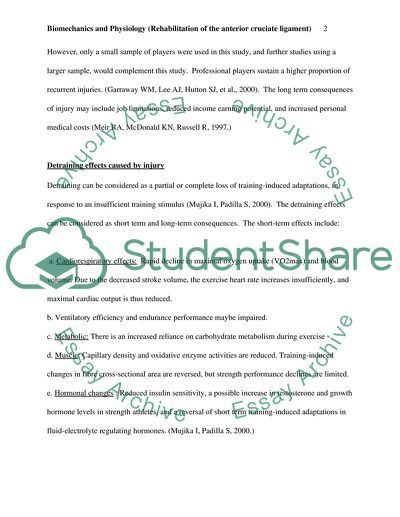Cite this document
(Biomechanics and Physiology ( Rehabilitation of the anterior crugiate Essay, n.d.)
Biomechanics and Physiology ( Rehabilitation of the anterior crugiate Essay. Retrieved from https://studentshare.org/health-sciences-medicine/1702883-biomechanics-and-physiology-rehabilitation-of-the-anterior-crugiate-ligament
Biomechanics and Physiology ( Rehabilitation of the anterior crugiate Essay. Retrieved from https://studentshare.org/health-sciences-medicine/1702883-biomechanics-and-physiology-rehabilitation-of-the-anterior-crugiate-ligament
(Biomechanics and Physiology ( Rehabilitation of the Anterior Crugiate Essay)
Biomechanics and Physiology ( Rehabilitation of the Anterior Crugiate Essay. https://studentshare.org/health-sciences-medicine/1702883-biomechanics-and-physiology-rehabilitation-of-the-anterior-crugiate-ligament.
Biomechanics and Physiology ( Rehabilitation of the Anterior Crugiate Essay. https://studentshare.org/health-sciences-medicine/1702883-biomechanics-and-physiology-rehabilitation-of-the-anterior-crugiate-ligament.
“Biomechanics and Physiology ( Rehabilitation of the Anterior Crugiate Essay”, n.d. https://studentshare.org/health-sciences-medicine/1702883-biomechanics-and-physiology-rehabilitation-of-the-anterior-crugiate-ligament.


